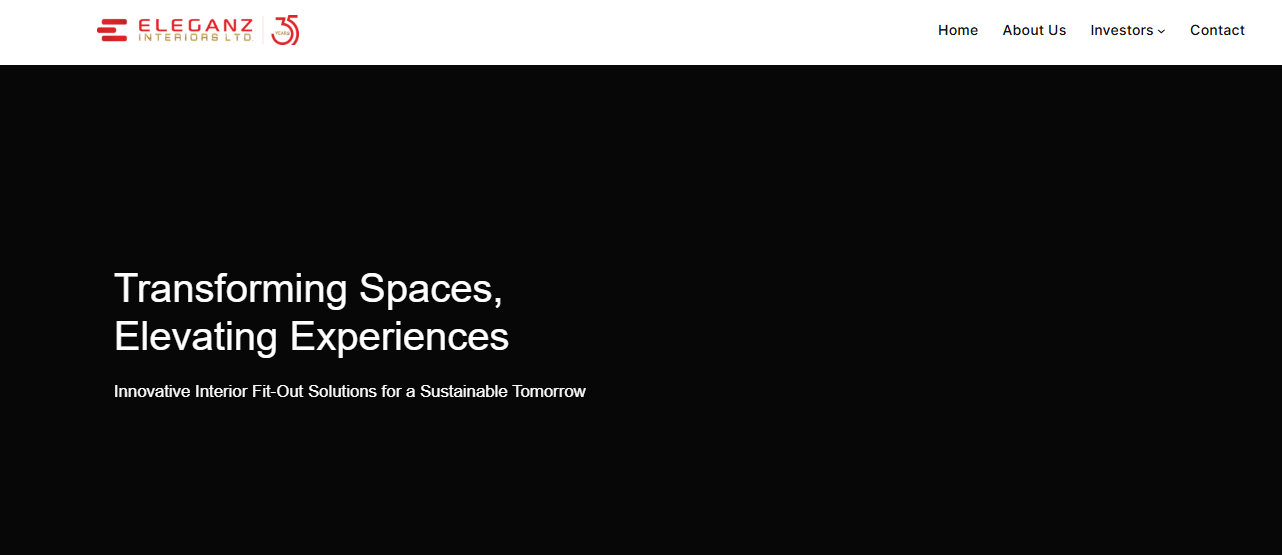Critical Illness insurance has become essential in today’s world, given the escalating healthcare costs. This benefit offers financial protection against specific life-threatening diseases, which often demand prolonged treatment and multiple hospital visits. Beyond hospitalization expenses, there are additional costs such as doctor fees, medications, and more. A Critical Illness rider provides a lump sum payout that can be used to manage these substantial expenses, and the best part is that this amount is over and above any existing medical or health insurance coverage.
Health issues often strike without warning, leaving families to bear the financial strain of treatment. In many cases, this burden can lead to a loss of income and force families to dip into their hard-earned savings, which are often reserved for significant milestones like a child’s education or retirement. However, a Critical Illness rider ensures timely financial support, helping families manage these challenges without derailing their long-term goals.
Your Financial Safety Net for Critical Illness Insurence
TOC
Why Should One Buy a Critical Illness Benefit?
A Critical Illness benefit can help you cover incidentals like doctor consultation fees, the cost of medicines, and more. You can use the money from a critical illness benefit to cover ambulance costs and room rent along with pre and post-hospitalization expenses. Besides, if you have any outstanding loans like a home loan or a car loan, the payout can help you deal with the EMIs. The payout can also be used by your family in place of a substitute for your income that may be compromised due to an illness.
If you do not have a Critical Illness benefit, you may consume to dip into all the hard-earned money that you have saved. The high cost of treatment can erode centuries of savings in just a few months. However, a critical illness benefit offers the financial support you need at the time and helps keep your other reserves intact for their respective objectives.
Features of Critical Illness Benefit

Lump sum payment option:
On the diagnosis of a critical illness, the insurance company offers a lump sum payout to the policyholder to cover all associated costs of the treatment
(Please refer to policy terms & conditions)
Hassle-free experience:
Thanks to the digital era, policyholders can enjoy a smooth, customer-friendly experience while purchasing or renewing their policies or making claims
Critical illness benefit coverage:
The coverage is wide and vast, with 34 major critical illnesses covered under the policy
Why Should You buy a Critical Illness rider?
A critical illness rider is critical nowadays. A few days of being sick can lead to inflated hospital bills, making it hard to maintain a favorable standard of living. With a critical illness benefit, you can rest assured that your loved ones will not fight to meet hospital expenses, doctor’s fees, and other expenses. The payouts on the diagnosis of the disease are instantly credited to you and can be used to cover varied costs.
How Do You Choose the Perfect Critical Illness Cover?

Here are some things you should pay attention to:
Sum assured:
A high sum assured can offer you a safety net of sufficient funds in tough times. Make sure to select a high sum assured amount.
Age:
Buying a critical illness rider at a young age can offer you a high sum assured with lower premiums
Critical illness covered:
The more illnesses covered, the wider the plan’s coverage. The ICICI Prudential iProtect Smart Term Plan’s critical illness rider (optional) covers 34 critical illnesses
Renewal limit:
It may help to pick a plan that comes with a high age limit of renewal to maximize the benefits of your policy
Inclusions and exclusions:
It may be advised to check the inclusions and exclusions of your policy and understand the features, terms, and limitations of your plan.
Key Takeaways
Before you invest in health insurance, you need to remember that all costs are not covered by them. Let’s look at a couple of examples to understand the difference a bit better. Mr. A was suffering from a health condition for which he used his health insurance plan. While his health insurance plan offered financial protection, he was required to submit hospital bills and could only cover the costs of the expenses incurred during his treatment. Auxiliary costs and the loss of income due to the illness were liabilities that Mr. A and his family had to bear on their own.
Mr. B was suffering from a similar health condition and could no longer continue with his job. However, he opted for a critical illness benefit. He received a lump sum payment. He used a portion of it to pay for his treatment while the other part took care of his family’s expenses.






